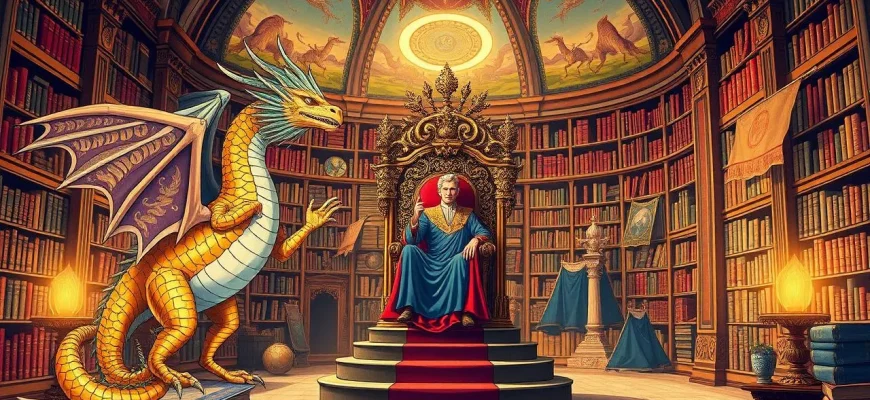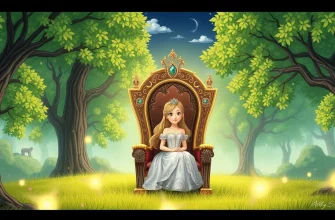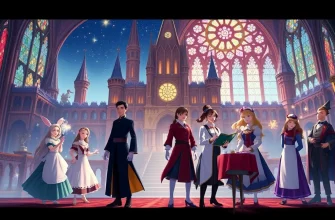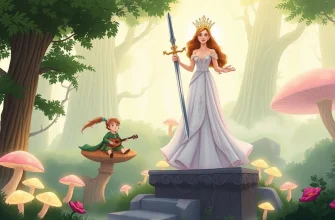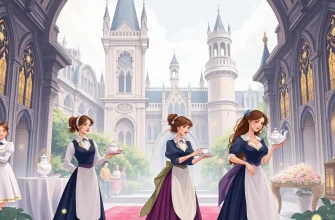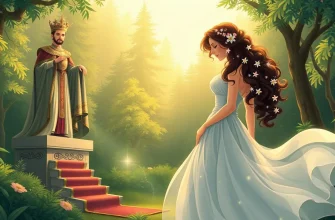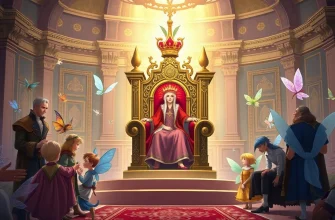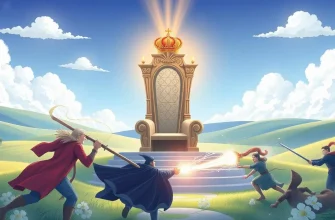- The NeverEnding Story (1984)
- The Princess Bride (1987)
- Willow (1988)
- The Lord of the Rings: The Fellowship of the Ring (2001)
- Harry Potter and the Philosopher's Stone (2001)
- The Chronicles of Narnia: The Lion, the Witch and the Wardrobe (2005)
- Stardust (2007)
- The Sorcerer's Apprentice (2010)
- The Hobbit: The Desolation of Smaug (2013)
- The Dark Crystal (1982)
The allure of power has always captivated audiences, and when it's woven into the fabric of fantasy, it creates a tapestry of intrigue, ambition, and often, moral dilemmas. This curated list of fantasy films explores the theme of power in its myriad forms - from magical artifacts to political machinations, from the quest for dominion to the struggle against tyranny. Each film offers a unique perspective on what it means to wield power, making this collection a must-watch for anyone fascinated by the dynamics of control and influence in fantastical settings.
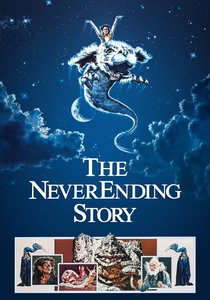
The NeverEnding Story (1984)
Description: The film deals with the power of imagination and storytelling, where a young boy's reading of a magical book influences the fate of a fantasy world.
Fact: The film was shot in Germany, and the iconic flying scene with Falkor was achieved using a combination of animatronics and blue screen technology.
 Watch Now
Watch Now
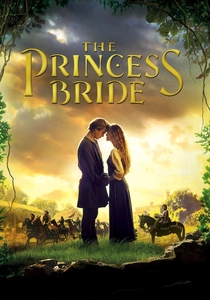
The Princess Bride (1987)
Description: While primarily a fairy tale, the film delves into themes of power through the characters' quests for love, revenge, and the miraculous power of true love.
Fact: The film was initially considered a commercial risk due to its blend of genres but has since become a cult classic. The famous line "Inconceivable!" was improvised by actor Wallace Shawn.
 Watch Now
Watch Now
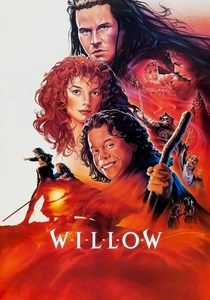
Willow (1988)
Description: Willow Ufgood, a farmer, is thrust into a quest to protect a baby destined to overthrow an evil queen, exploring themes of power, destiny, and the underdog's rise.
Fact: George Lucas, who wrote the story, was inspired by his own childhood love for fairy tales. The film's special effects were groundbreaking for their time, especially the morphing of the sorceress.
 Watch Now
Watch Now

The Lord of the Rings: The Fellowship of the Ring (2001)
Description: This epic tale centers around the One Ring, an artifact of immense power that can either save or doom Middle-earth. The film delves into the corrupting nature of power and the quest to destroy it.
Fact: The film was shot simultaneously with its two sequels to ensure continuity in the story and character development. The set for Hobbiton was so realistic that locals often mistook it for an actual village.
 Watch Now
Watch Now
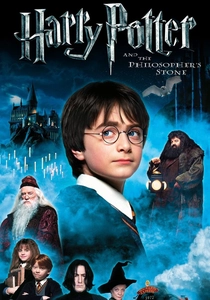
Harry Potter and the Philosopher's Stone (2001)
Description: The first film in the Harry Potter series introduces us to a world where magic and power are intertwined, with the Philosopher's Stone being a key to immortality and ultimate power.
Fact: The film's director, Chris Columbus, had the actors write essays on their characters to help them understand their roles better. The Great Hall at Hogwarts was inspired by the dining hall at Christ Church, Oxford.
 Watch Now
Watch Now
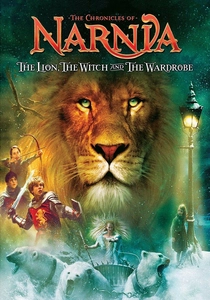
The Chronicles of Narnia: The Lion, the Witch and the Wardrobe (2005)
Description: In this adaptation, the White Witch's control over Narnia with her magical powers represents a tyrannical rule, while Aslan's return signifies the restoration of rightful power.
Fact: The film was shot in New Zealand, the same location as "The Lord of the Rings" trilogy, to capture the magical landscapes of Narnia. The wardrobe used in the film was custom-made and took over 6 months to construct.
 Watch Now
Watch Now
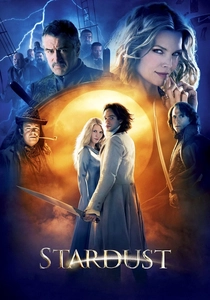
Stardust (2007)
Description: This film weaves a tale of power through the quest for a fallen star, which grants immense power, and the political intrigue surrounding the throne of Stormhold.
Fact: The film's director, Matthew Vaughn, was inspired by the book's blend of fantasy and humor. The character of Captain Shakespeare was originally named Captain Albino in the novel.
 Watch Now
Watch Now
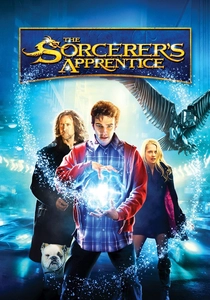
The Sorcerer's Apprentice (2010)
Description: This modern take on the classic tale explores the power of magic and the responsibility that comes with it, as a young apprentice learns to control his newfound abilities.
Fact: The film features a cameo by the original Mickey Mouse from the 1940 "Fantasia" film. The Tesla Coil used in the movie was a real, functioning device, one of the largest ever built.
 Watch Now
Watch Now

The Hobbit: The Desolation of Smaug (2013)
Description: This film continues the exploration of power through the dragon Smaug's control over the Lonely Mountain's treasure and the political power struggles among the races of Middle-earth.
Fact: The film used motion capture technology to bring Smaug to life, with Benedict Cumberbatch providing both the voice and the physical movements for the dragon.
 Watch Now
Watch Now

The Dark Crystal (1982)
Description: This film explores the power struggle between the Skeksis and the Mystics, with the Dark Crystal as the source of their power, highlighting themes of balance and restoration.
Fact: Jim Henson, the creator of the Muppets, used advanced puppetry techniques to bring the creatures to life. The film's world was inspired by the works of Brian Froud, a renowned fantasy artist.
 30 Days Free
30 Days Free

